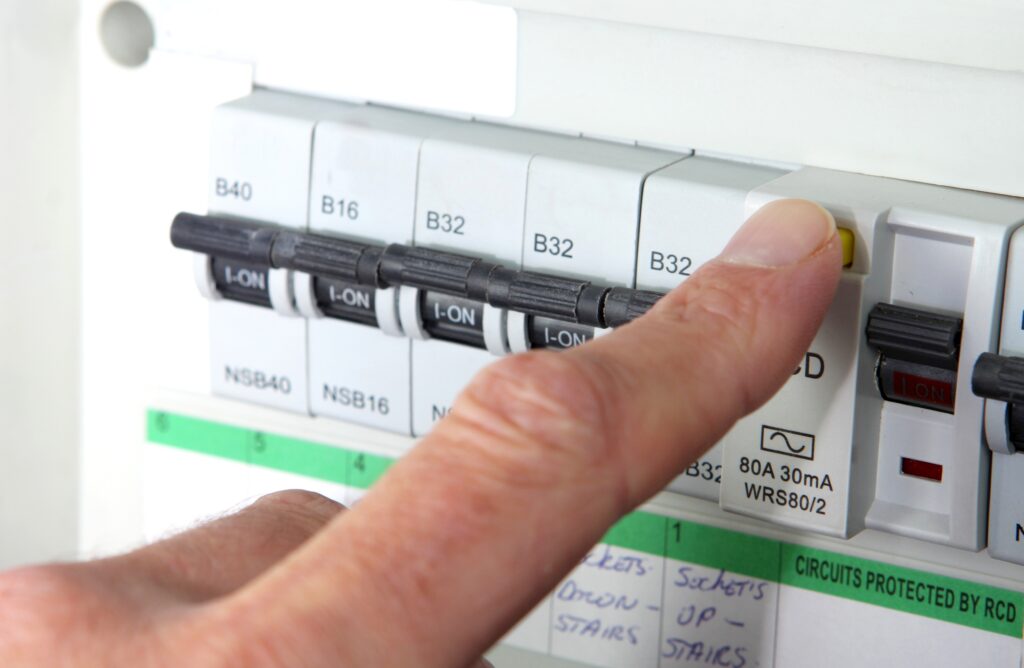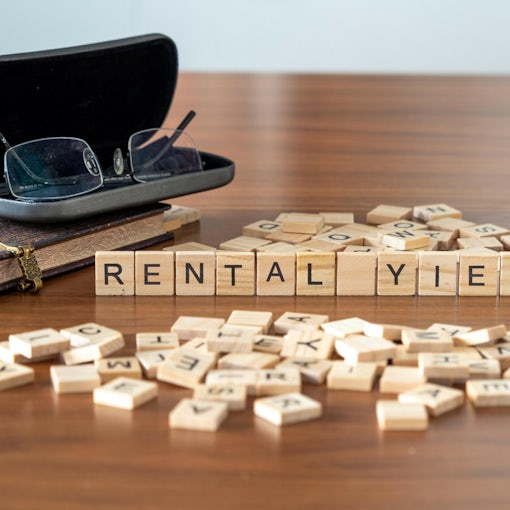In the world of property management, safety is paramount. One area of particular concern is electrical safety. One of the key safety inspections all landlords need to conduct is the Electrical Installation Condition Report (EICR). But what exactly is an EICR, who needs one, and how long does it last?

What is an EICR?
An EICR is a detailed report that examines the safety of the electrical installations found within a property. It’s the document that you receive following an in-depth inspection of your property’s electrical systems and circuits. This report evaluates the wear and tear that might affect the safety of the system and identifies any electrical installations that do not meet the current British Standard for electrical safety (BS 7671).
Legislation around EICR
Under the Electrical Safety Standards in the Private Rented Sector (England) Regulations 2020, landlords are legally obliged to ensure that electrical safety standards are met during any period when the residential premises are occupied under a tenancy. This involves having the electrical installations in their properties inspected and tested by a person who is qualified and competent, at intervals of no more than 5 years. Landlords must provide a copy of the EICR to their tenants, and to their local authority if requested.
Who Needs an EICR?
Though the legislation specifically refers to landlords, an EICR is a beneficial document for any homeowner. It ensures the safety of the electrical installations in the property and can act as a preventative measure against any potential electrical faults that could lead to more serious issues. For landlords, however, it’s not just advisable, but a legal requirement.
Validity of an EICR
An EICR is valid for five years for rental properties, as per the legislation. However, for homeowners, an EICR is typically recommended every 10 years. If your property has a swimming pool, the recommendation is that an EICR is carried out every year.
What Happens if a Property Receives an Unsatisfactory Report?
In the event that your property EICR is unsatisfactory, immediate action must be taken. The report will identify any issues which need to be resolved, categorised as either C1 (danger present), C2 (potentially dangerous), or FI (further investigation required). Any problems classified as C1 or C2 must be rectified immediately, and an FI classification indicates that more extensive investigation is necessary to ensure the safety of the electrical installations.
The Consequences of Non-compliance
Failure to comply with the Electrical Safety Standards regulations can result in severe penalties for landlords. These can range from financial penalties up to £30,000 to potential criminal charges, depending on the severity and persistence of the non-compliance. It’s not just a matter of legalities – ensuring the electrical safety of your property is crucial to the welfare of your tenants.
Ensuring your property adheres to the highest standards of electrical safety is not only a legal requirement for landlords but is also a sensible precaution for homeowners. Regular EICRs are a crucial part of this, providing peace of mind that your property’s electrical installations are safe and in good working order.






